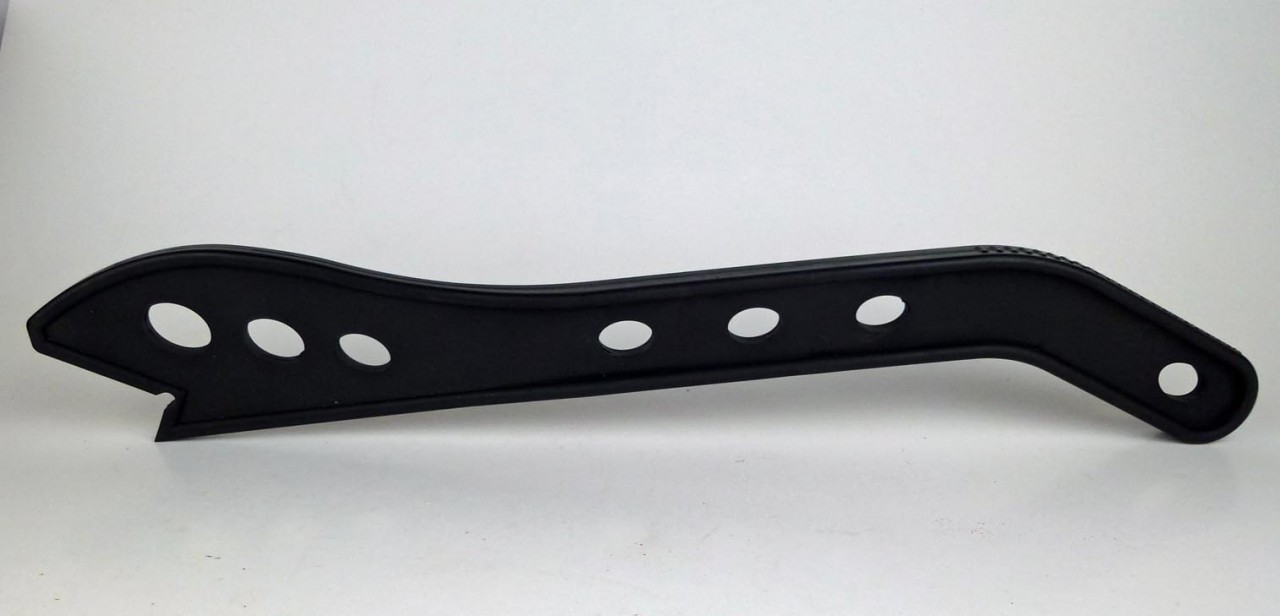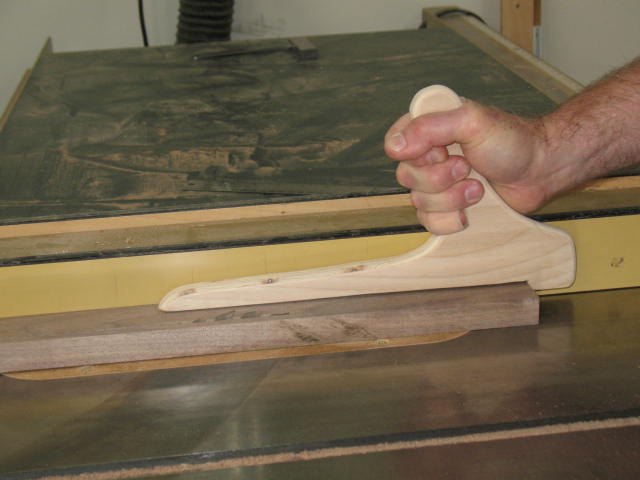Hi,
I'm wanting to slice up some 60 x 30cm MDF sheets into three 30 x 20 (roughly)boards on a tablesaw, i'm not totally confident on the safest and most efficient way of doing this- I guess you'd call it a crosscut so i'm wary of kickback as an inexperienced user.
Any help would be brilliant.
Thanks, Mark.
I'm wanting to slice up some 60 x 30cm MDF sheets into three 30 x 20 (roughly)boards on a tablesaw, i'm not totally confident on the safest and most efficient way of doing this- I guess you'd call it a crosscut so i'm wary of kickback as an inexperienced user.
Any help would be brilliant.
Thanks, Mark.




































